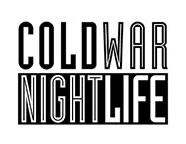Remember Delays? The Southampton band had a strong claim to be the kings of indietronica. Even Trevor Horn got in on the action, adding his production gloss to their hit, “Valentine.” Sadly, singer Greg Gilbert left us two years ago, which left a crown to be claimed.
A strong contender comes from Ireland, in the shape of Lucy Gaffney. Nettwerk, the home label of Moev, Delerium, and Sarah McLachlan, have already snapped her up. Gaffney’s songs are strong, and to our ears the sound owes something to the influence of Delays. She has a support slot with the Wedding Present in Belfast on the 7th of September in Belfast, which ought to cement her indie credentials no end.

